Xarelto 15mg Tablet contains Rivaroxaban, a blood thinner and direct oral anticoagulant (DOAC) that prevents blood clot formation. This medication is used to reduce the risk of stroke, pulmonary embolism, and deep vein thrombosis without requiring routine blood monitoring.
Uses
Xarelto 15mg treats and prevents blood clots in various conditions. It’s prescribed for stroke prevention in non-valvular atrial fibrillation, treatment of deep vein thrombosis (DVT) and pulmonary embolism (PE), and prevention of recurrent DVT and PE. It’s also used after hip or knee replacement surgery to prevent blood clots.
Benefits
- Prevents stroke in patients with atrial fibrillation
- Effectively treats and prevents recurrence of DVT and PE
- Requires no routine blood monitoring unlike warfarin
- Offers predictable anticoagulation effects
- Features once or twice daily dosing for convenience
- Has fewer food and drug interactions than warfarin
- Demonstrates rapid onset of action
- Provides consistent anticoagulation
- Improves quality of life with fewer monitoring requirements
How It Works
Rivaroxaban directly inhibits Factor Xa, a key enzyme in the blood coagulation pathway. By blocking this factor, Xarelto prevents thrombin formation and subsequent clot development. This mechanism differs from traditional anticoagulants like warfarin, providing more predictable effects without affecting vitamin K metabolism.
Dosage
| Condition | Standard Dosage | Duration |
|---|---|---|
| DVT/PE Treatment | 15mg twice daily | 21 days, then 20mg once daily |
| Atrial Fibrillation | 15mg once daily with food | Long-term |
| Post-surgery Prevention | 10mg once daily | 35 days (hip) or 12 days (knee) |
Take Xarelto 15mg with food at the same time each day to ensure consistent absorption. The 15mg dose for atrial fibrillation applies to patients with reduced kidney function.
Duration of Action
Xarelto begins working within 2-4 hours after ingestion, with maximum effect at 2-4 hours. Its anticoagulant effect lasts approximately 24 hours, which necessitates consistent daily dosing. If a dose is missed, blood clot protection may be compromised.
Side Effects
The most common side effect is bleeding, which may manifest as nosebleeds, heavier menstrual bleeding, or easy bruising. Other side effects include dizziness, headache, and leg weakness. Serious side effects requiring immediate medical attention include severe bleeding, bloody stool, coughing blood, or severe headache.
Warning
Xarelto carries a serious risk of bleeding that can be life-threatening. Do not stop taking this medication without consulting your doctor, as sudden discontinuation increases stroke risk. Epidural or spinal procedures carry risk of spinal hematoma when taking Xarelto. No specific antidote was available until recently (Andexxa/andexanet alfa).
Pregnancy and Breastfeeding
Xarelto is not recommended during pregnancy as it may cause bleeding in the developing baby or complications during delivery. Alternative anticoagulants like heparin are preferred for pregnant women. Breastfeeding is not recommended while taking Xarelto, as it may pass into breast milk.
Interaction
- Increased bleeding risk with NSAIDs, aspirin, or other anticoagulants
- Potential reduced effectiveness with certain antiepileptics
- Significant interactions with antifungals like ketoconazole
- Possible interaction with HIV protease inhibitors
- May have altered effects with rifampin or St. John’s Wort
Precaution
Use with caution in patients with kidney or liver impairment, as drug clearance may be affected. Higher bleeding risk in elderly patients. Avoid use in patients with artificial heart valves or moderate to severe mitral stenosis. Temporarily discontinue before surgical procedures following physician guidance. Wear medical alert identification.
Important Information
Never stop taking Xarelto without medical supervision. Missing doses increases stroke risk. Report any unusual bleeding immediately. Avoid activities with high injury risk. This medication should be part of a comprehensive treatment plan that may include lifestyle modifications to reduce clot risk factors. Regular follow-up appointments are essential to monitor treatment effectiveness.
Product Image Highlights





Customer questions & answers
There are no questions yet. Be the first to ask a question about this product.
Tailored to Your Needs
-
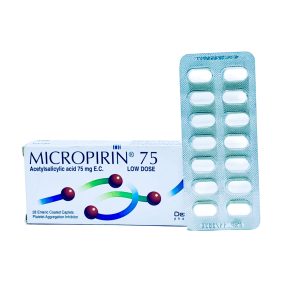 ₦ 5,000.00Rated 0 out of 5
₦ 5,000.00Rated 0 out of 5Micropirin 75 Tablet is used to prevent heart attacks in...
-
 ₦ 15,500.00Rated 0 out of 5
₦ 15,500.00Rated 0 out of 5Crescent Warfarin 5mg Tablet prevents and treats blood clots in...
-
 ₦ 8,000.00Rated 0 out of 5
₦ 8,000.00Rated 0 out of 5Dogrel-75 Tablet contains Clopidogrel, it is used to prevent atherothrombotic...
-
 ₦ 70,000.00Rated 0 out of 5
₦ 70,000.00Rated 0 out of 5Xarelto 20mg is contains Rivaroxaban. It is an anticoagulant that...


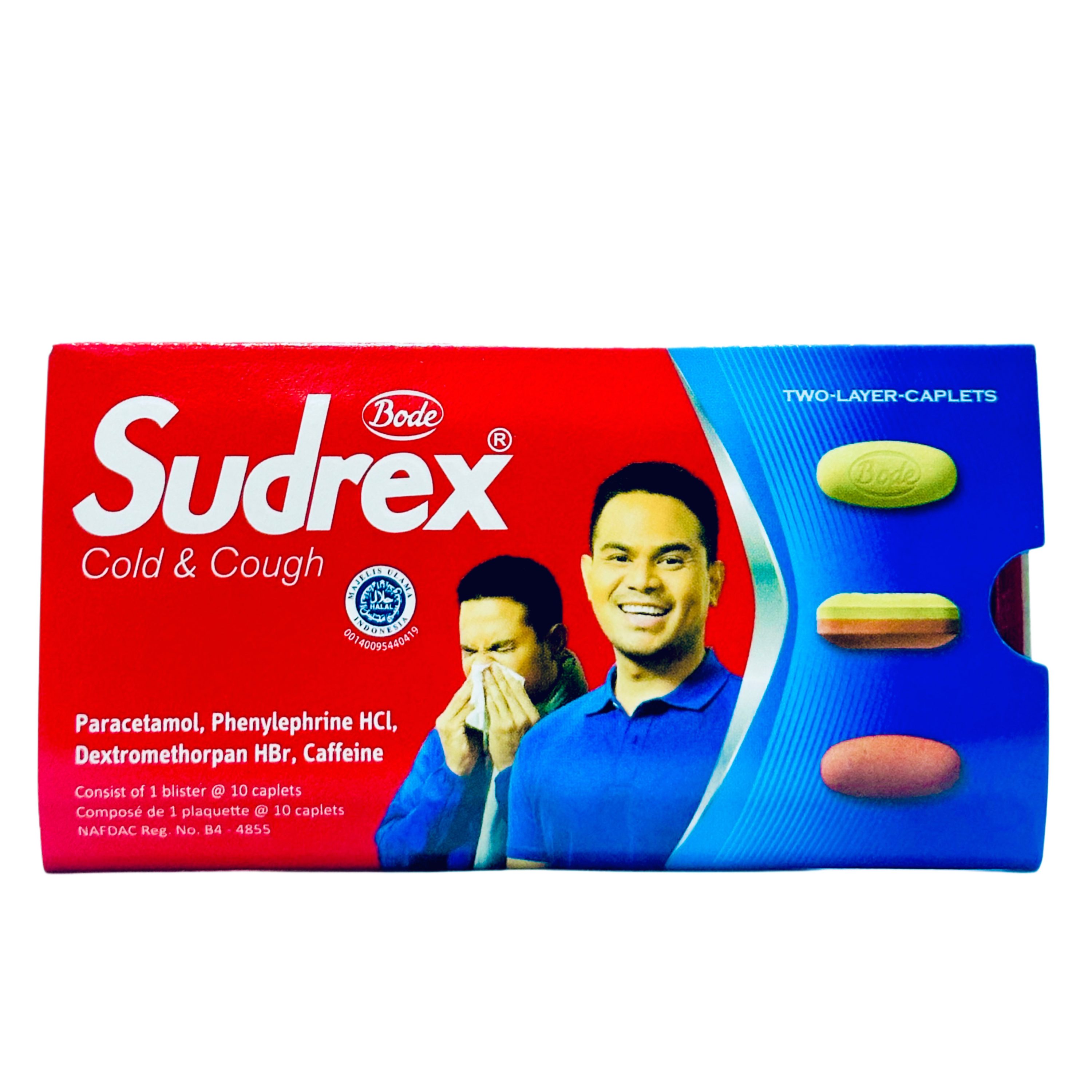

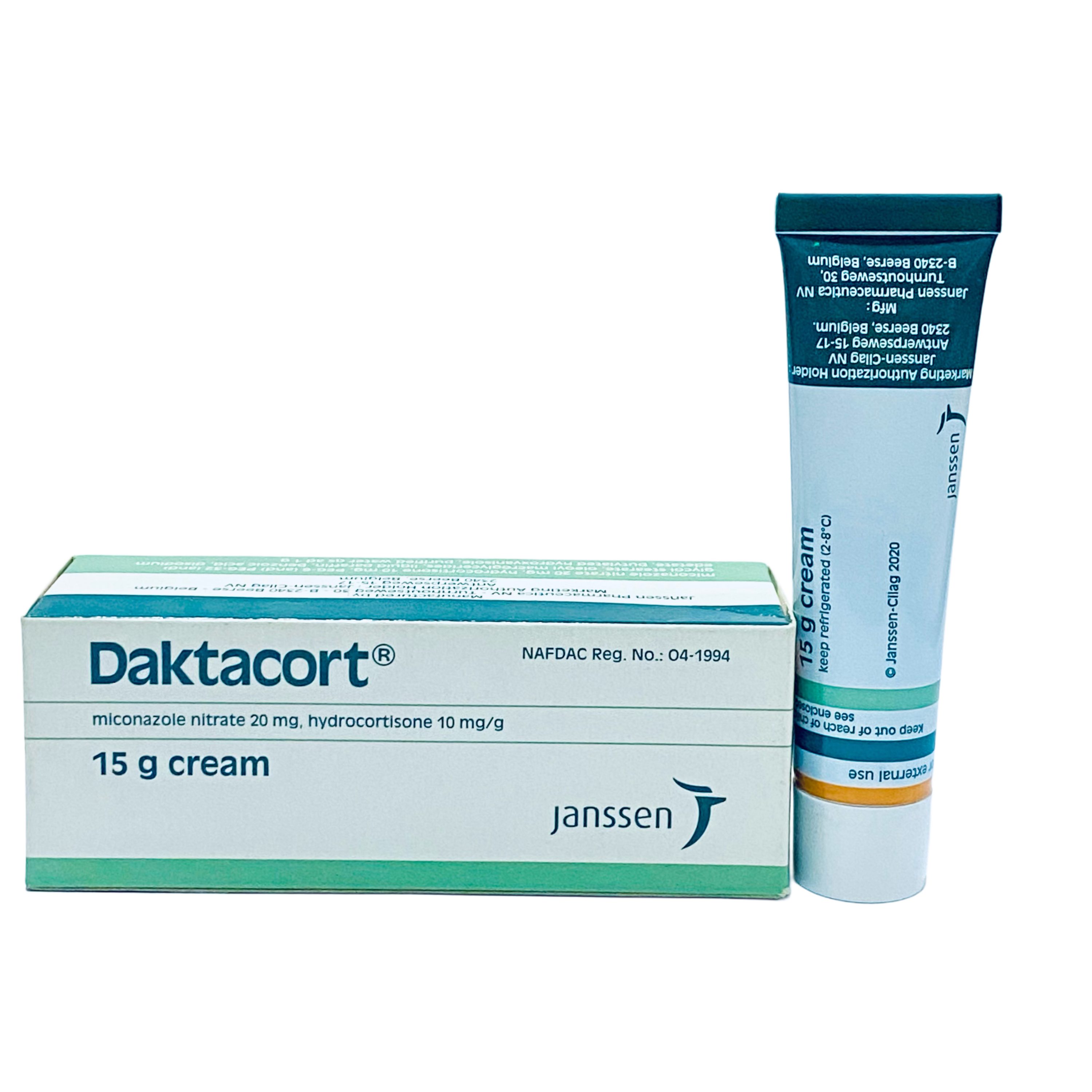
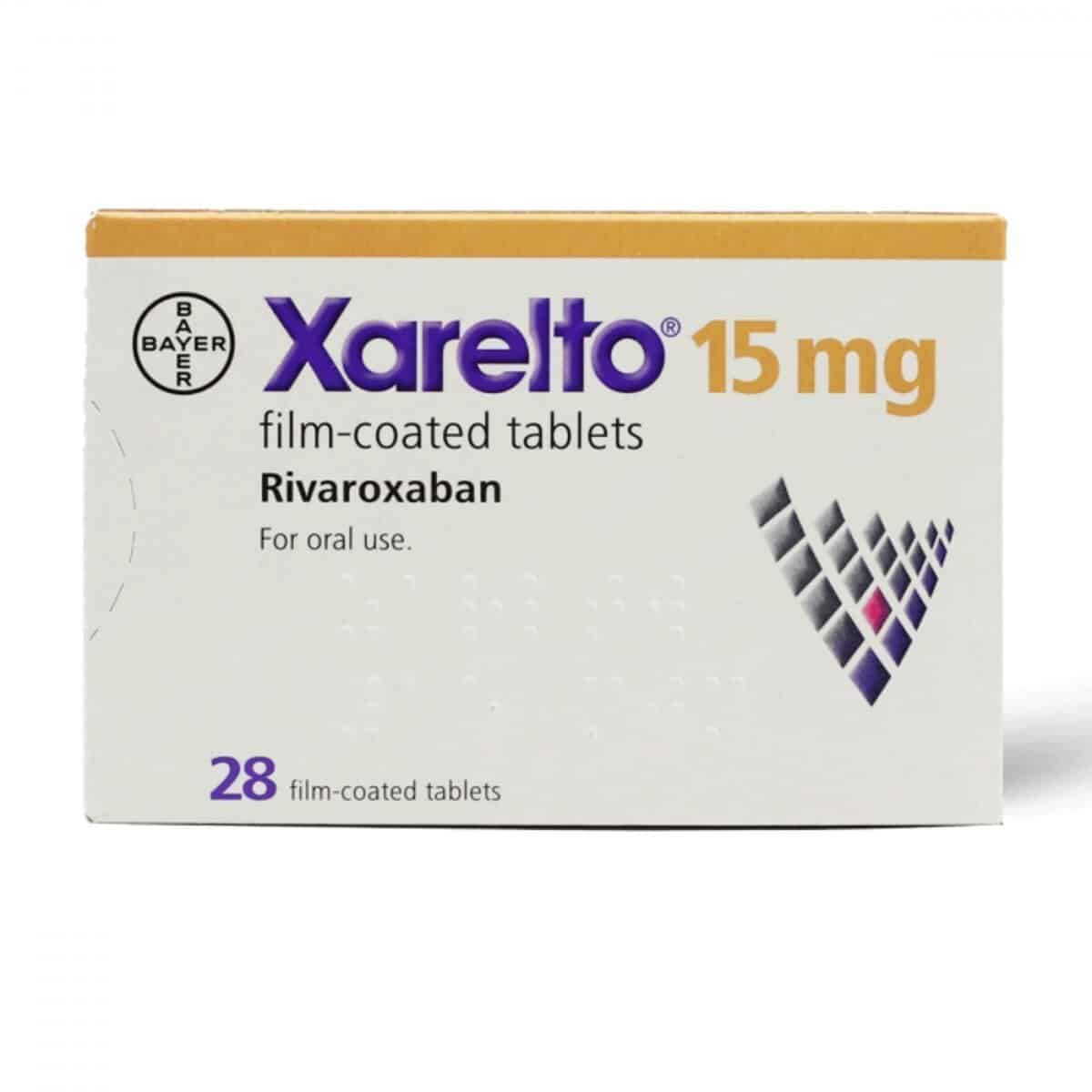

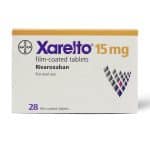
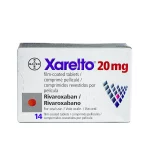

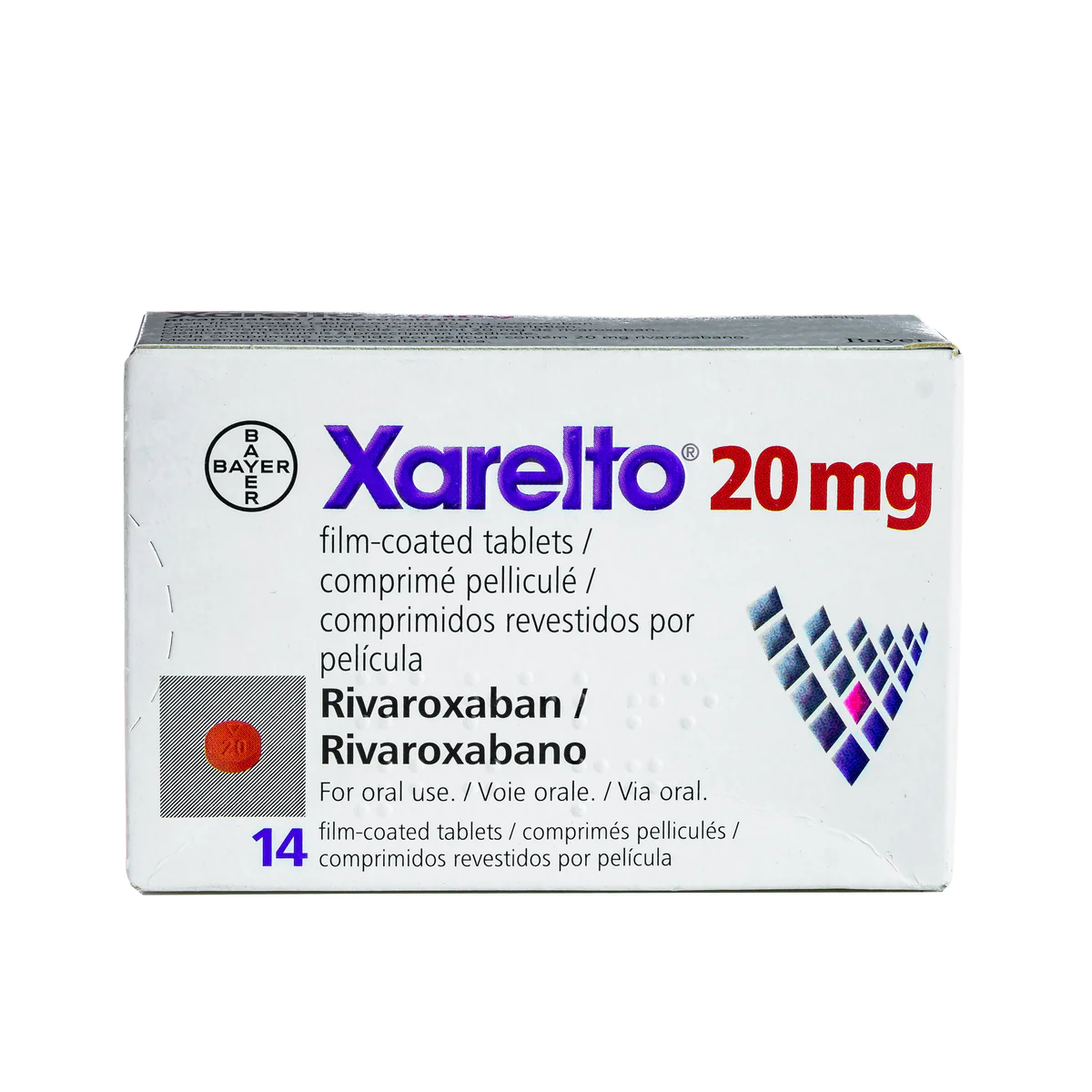
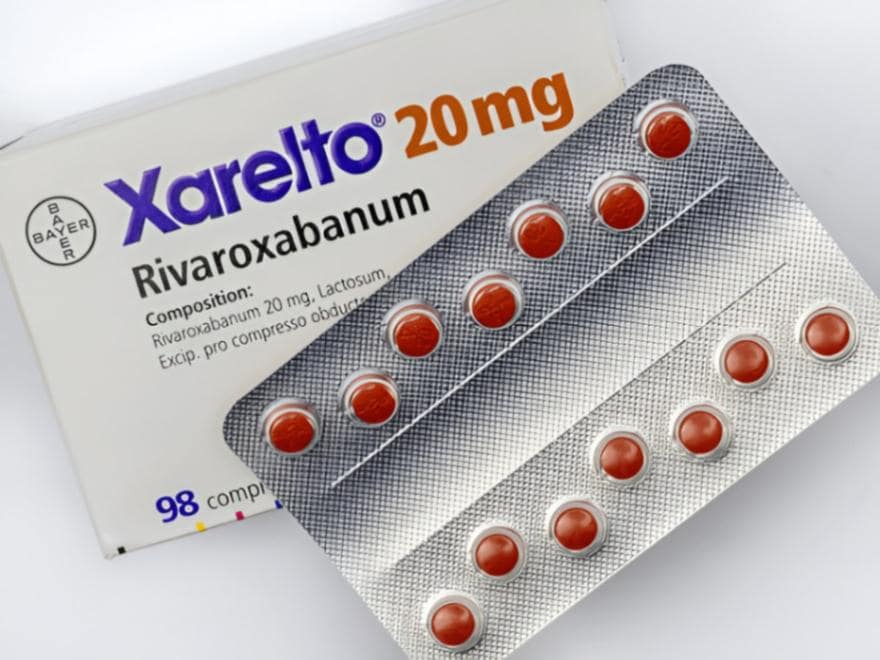
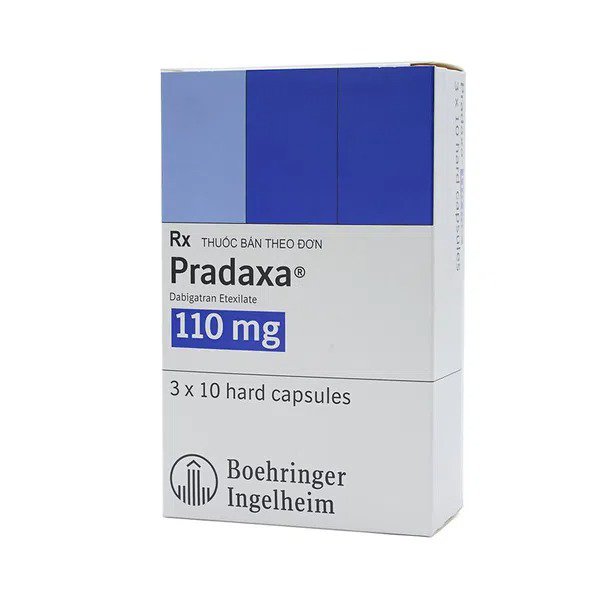
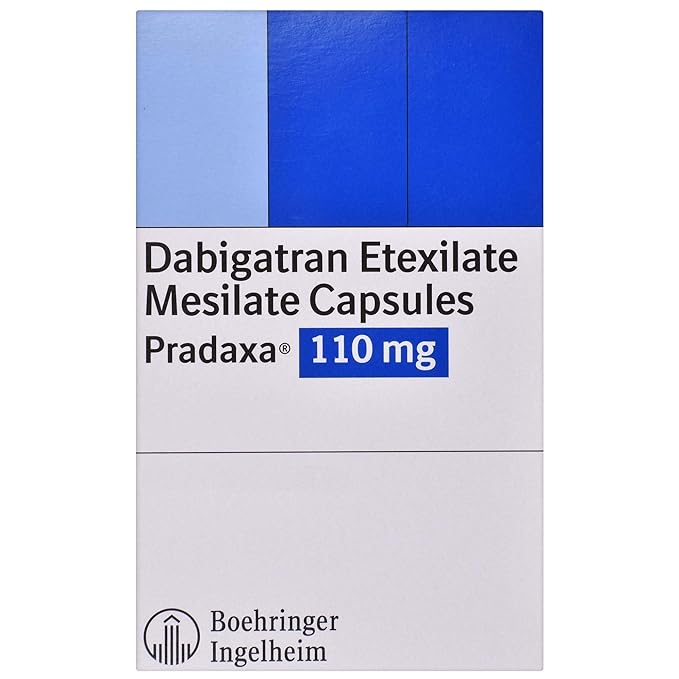
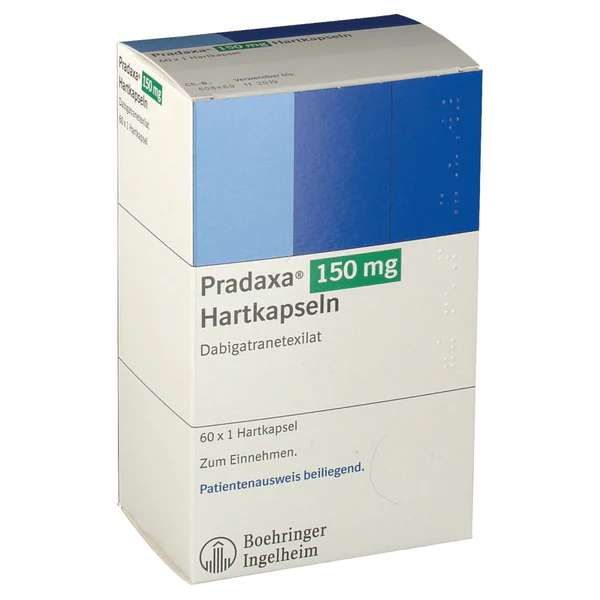
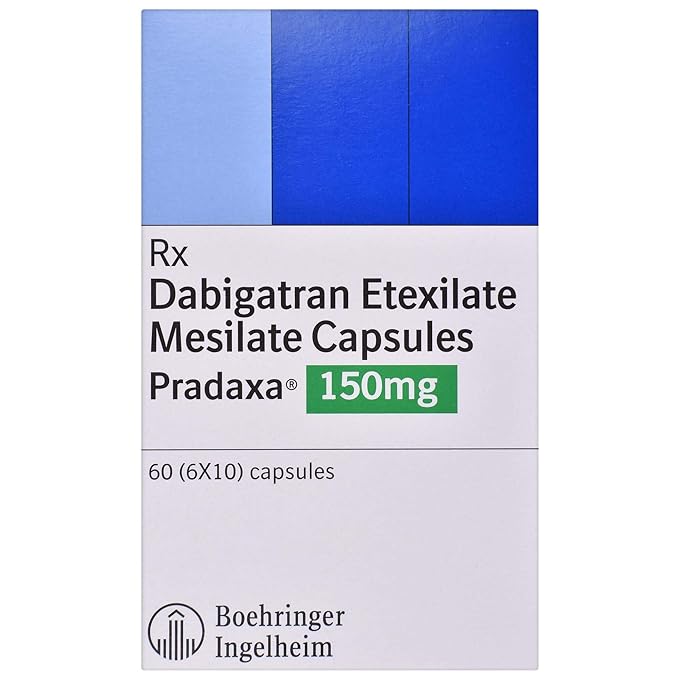

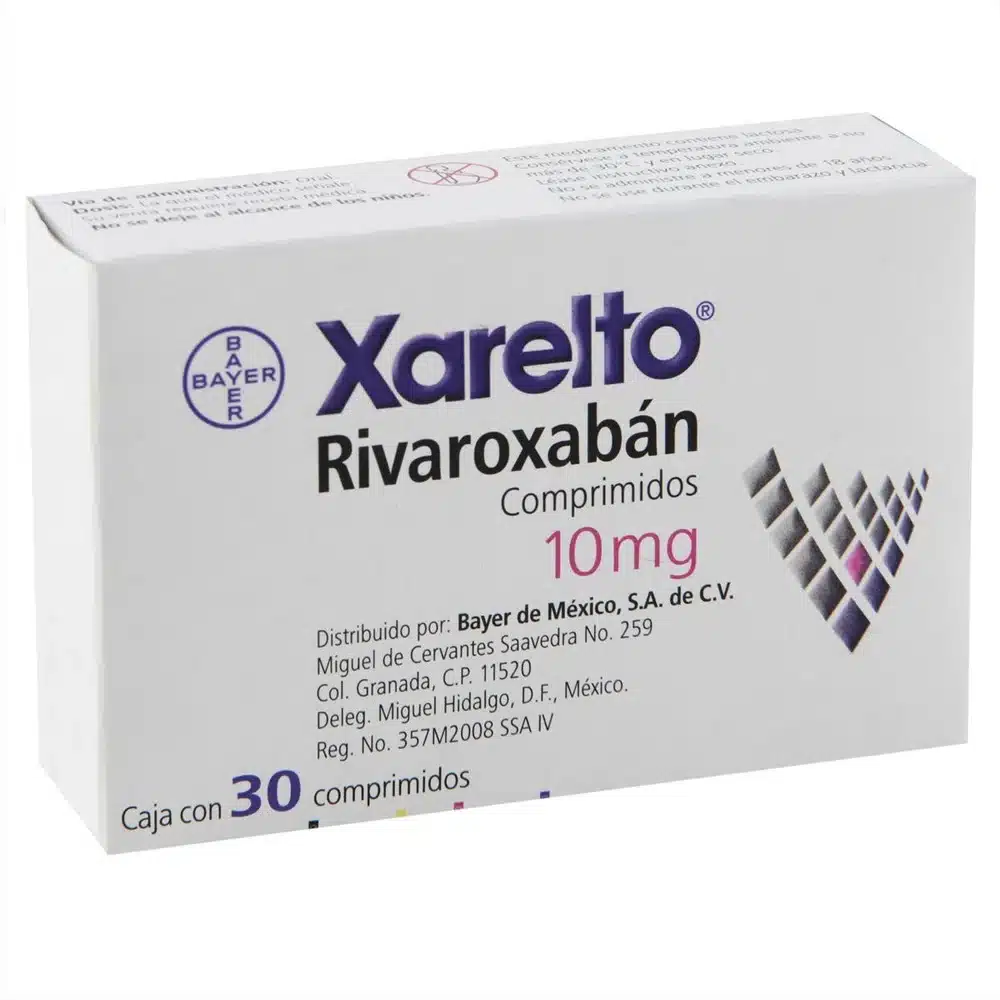

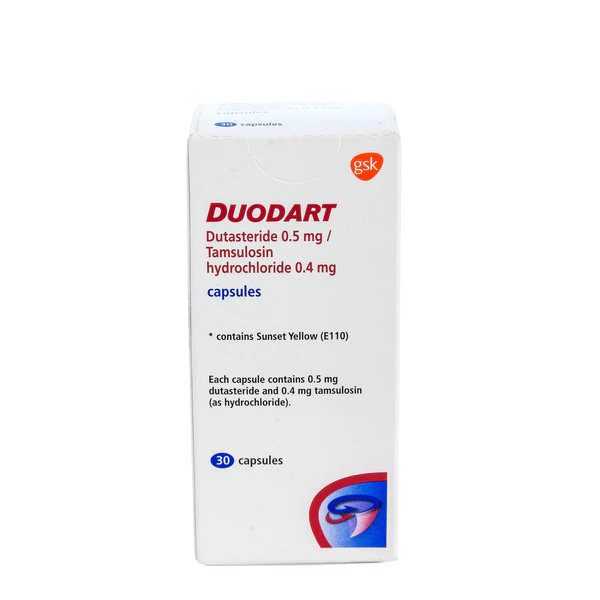
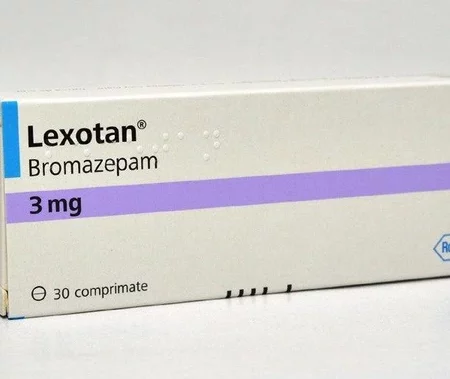
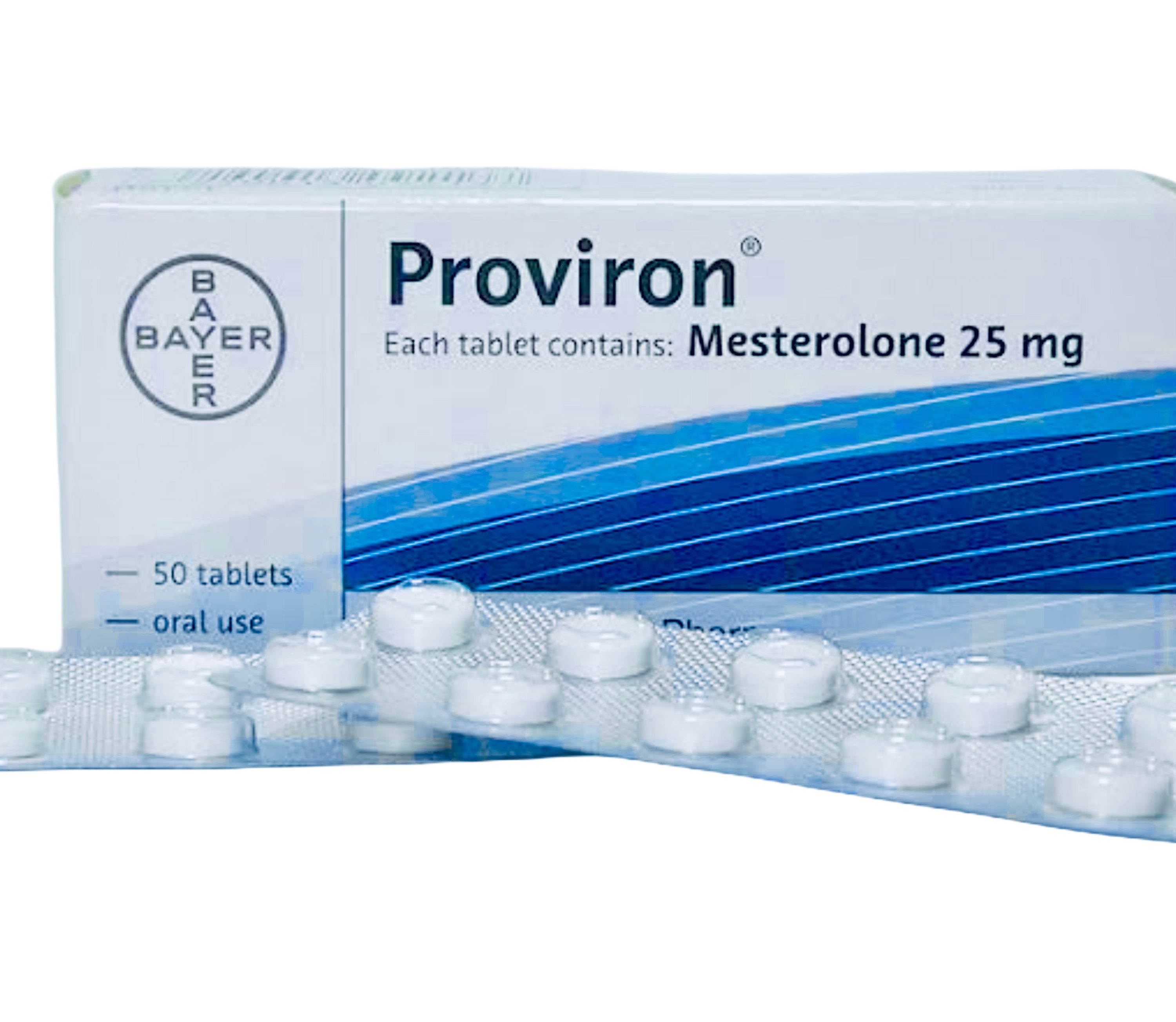
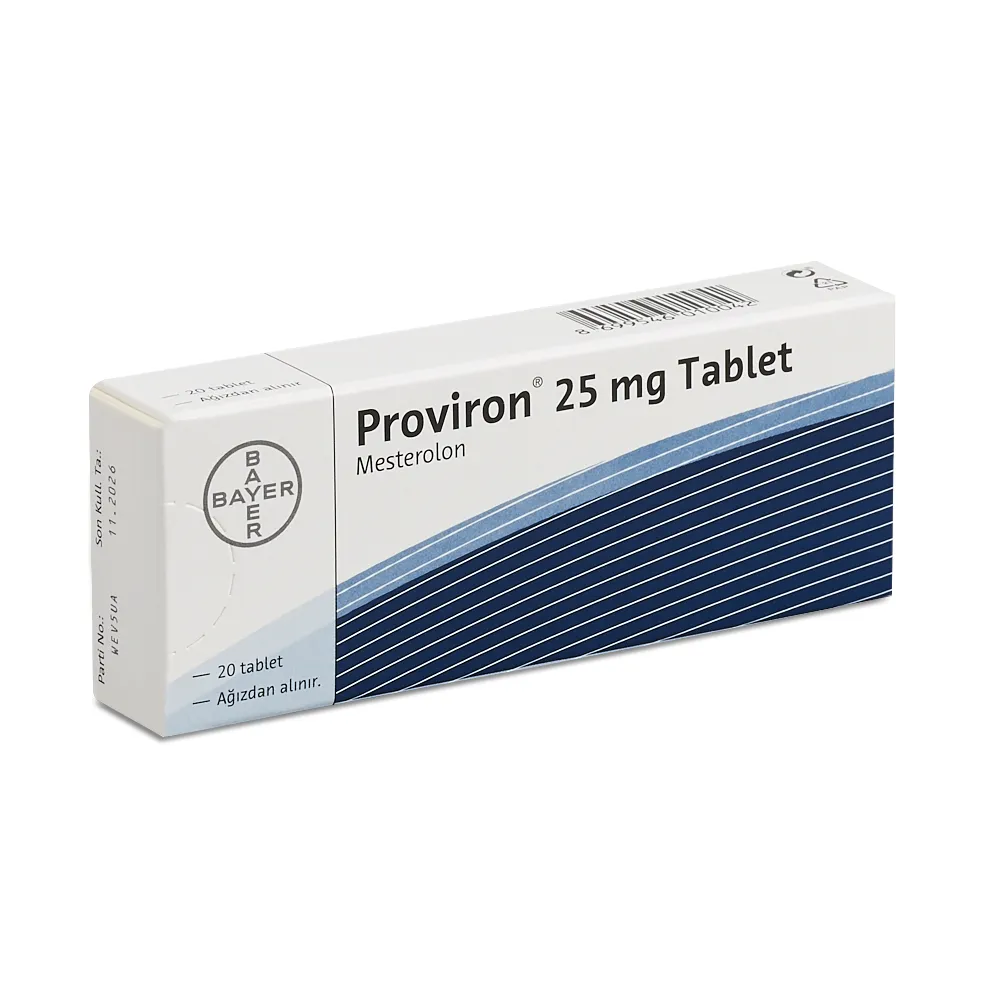
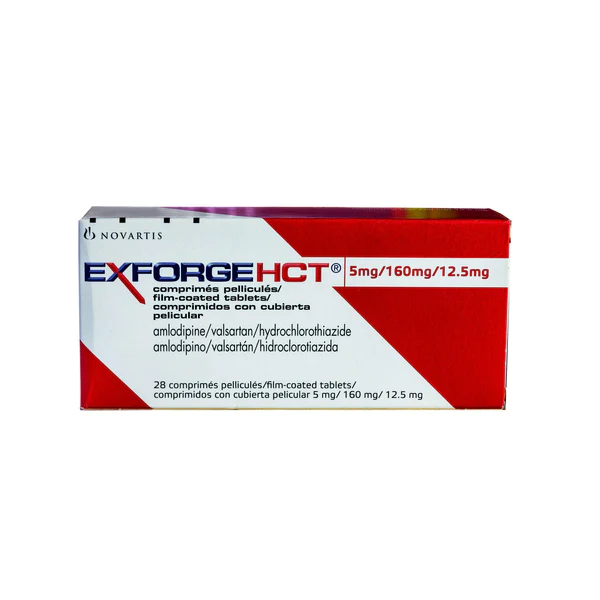
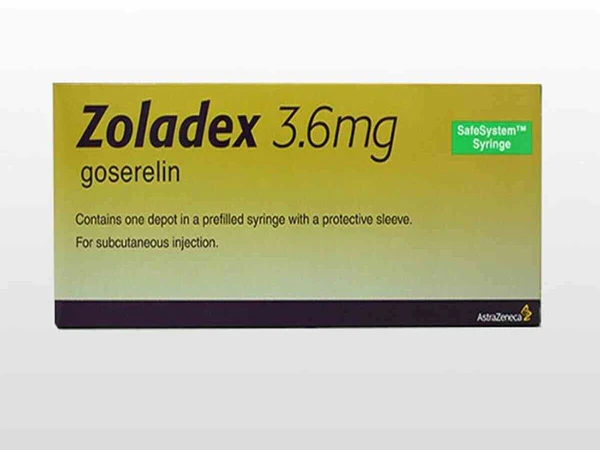


Reviews
There are no reviews yet.